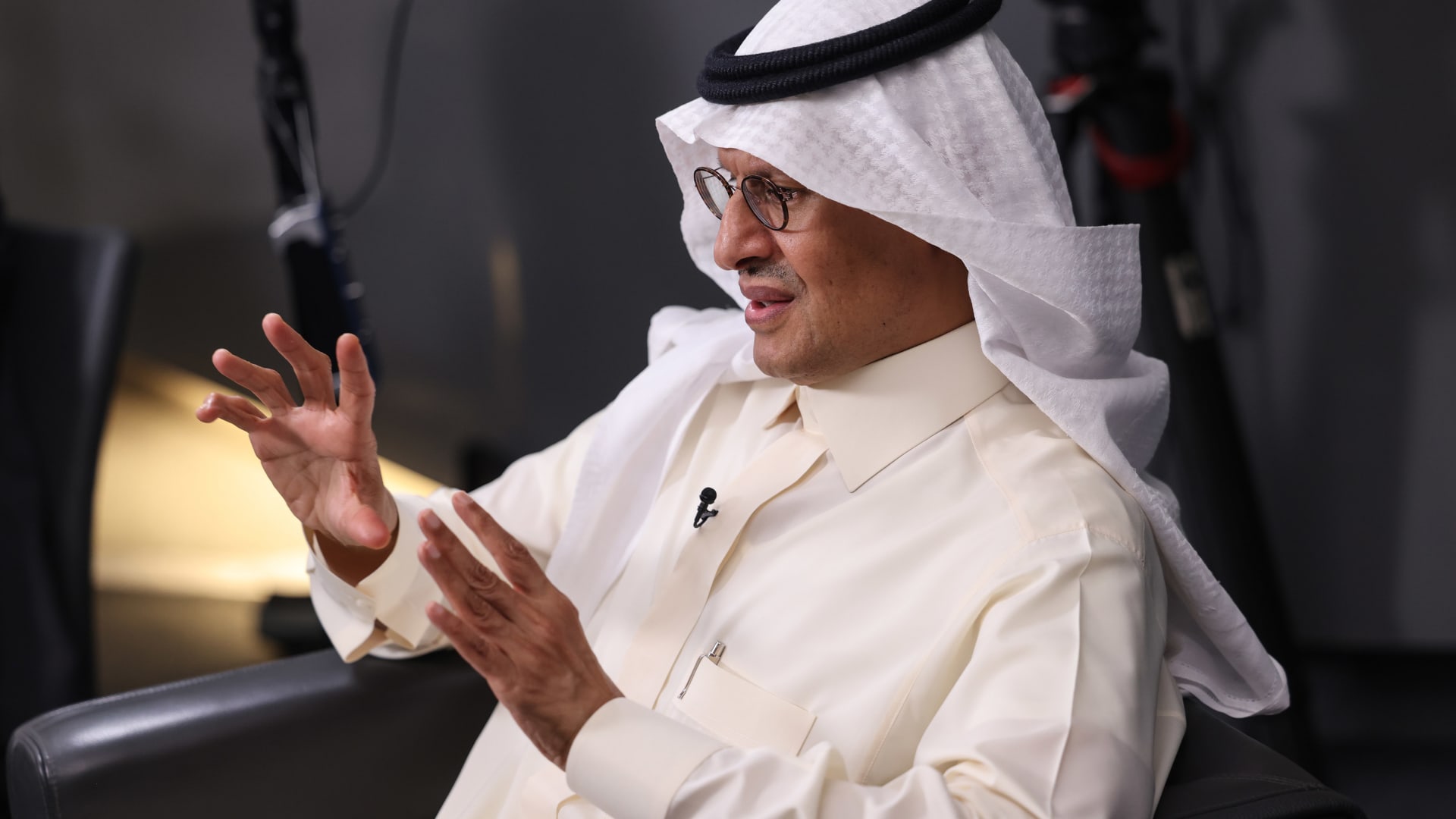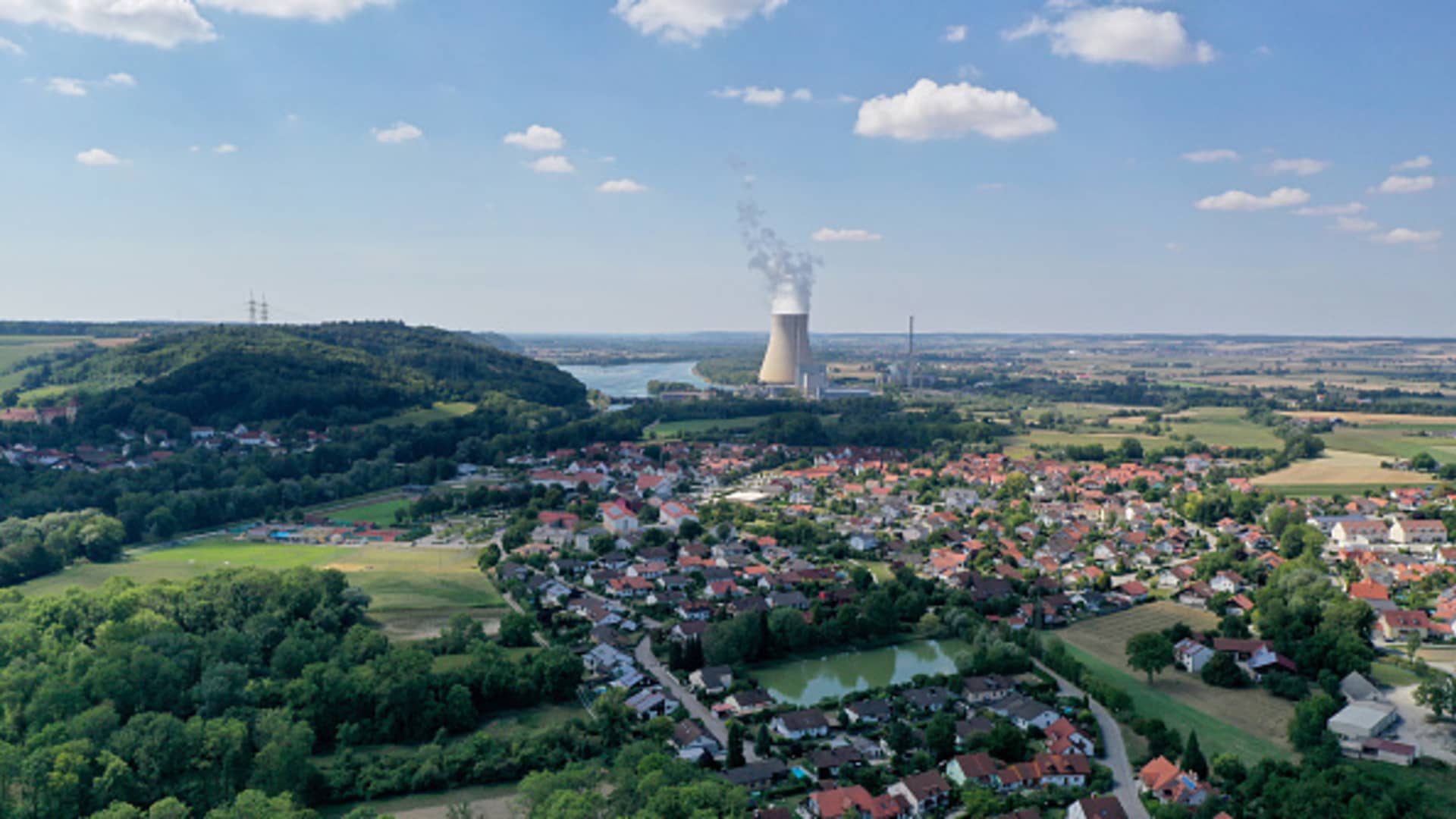Imperium3NY Battery Factory Begins Commercial Production

Hopscotching the world for green energy headlines today, I came across an item in the NY Post about the Imperium3NY (iM3NY) battery factory near Binghamton, New York, starting commercial operations. I did a quick search of the CleanTechnica archives to see if we had covered this topic before and sure enough, we did a story about it — on October 7, 2017. While the company has some enticing new technology, these things do take a lot of time to reach the production phase. The factory was supposed to begin operations in the fall of 2019.
As it is, the factory has a capacity of just 1 GWh a year, but that’s not the big news here. What is important is that the company has contracts with 230 suppliers — none of which are located in China. Not only do the Imperium3 batteries use a new chemistry that makes the batteries cheaper to produce, but most of the battery materials needed come from domestic sources.
The Secret Sauce
What exactly the chemistry of the Imperium3 battery is unknown. What is known is that it contains no cobalt and no nickel. Performance specs, however, are hard to come by. Perhaps the most important bit of information is that the research was led by M. Stanley Whittingham, sometimes known as the “father of the lithium-ion battery.” In 2019, he shared the Nobel Prize in chemistry with John Goodenough and Akira Yoshino for their work on lithium-ion technology.
Whittingham is a professor at Binghamton University and his team has worked closely with researchers in Australia to bring their new lithium-ion batteries to fruition. Australian businessman David Collard is the CEO of Scale Facilitation, a company whose goal is to find international customers for Australian resources. In an interview with the New York Post, he said, “China controls 80% of the world’s lithium ion battery production. In Australia, 60% of the world’s lithium comes from one mine, and that mine is 51% controlled by China.”
The Chinese-owned mine then sells the lithium to a processing plant in Australia, which is also owned by China, before it is then shipped to China, according to Collard. “It’s a very strategic industry where the West and Australia need to play a more active role. Placing an unhealthy reliance in any industry or sector or one person or one business is just setting you up for potential risk down the path.”
Collard was instrumental in getting the New York-based experts to partner up with researchers and entrepreneurs in Australia so that one day his country can be self sufficient in the production of lithium-ion batteries. “It’s the cleanest of all technologies,” Collard told The Post. “And that’s largely because of the chemistry.”
As the result of his efforts, Recharge Industries plans to construct a sister facility in Victoria, Australia, which will produce 5 GWh of batteries each year. It is expected to come online in 2026. Hopefully Australia will have an EV manufacturing industry by then.
The Binghamton Battery Factory
The new factory in Endicott, NY — just outside Binghamton — may be starting small, but it expects to employ up to 5,500 people after it ramps up to full production. It will be the first US-owned lithium-ion battery factory that uses primarily North American sources for its battery materials. The battery cells will be used to power electric cars and trucks, grid energy storage, and sensitive projects in the defense industry. The company says prismatic battery cells will be available this year, with pouch cells and cylindrical cells in 2170, 3270, and 4680 formats available beginning in 2024.
The so-called Charge CCCV (or C4V) lithium-ion battery “uses fewer metals and less toxic-materials than comparable lithium cell batteries” which could then lead to “lower global warming, acidification, smog, and energy consumption,” according to an independent agency cited in a New York state report.
Even though the factory has been in the works for 5 years, it will be the beneficiary of the economic incentives contained in the new Inflation Reduction Act that are designed to encourage the domestic production of batteries for electric vehicles in the US. 1 GWh of capacity will hardly make a dent in the amount of batteries needed to power the EV revolution in the US, but it’s a start. Now the question is how much the iM3NY batteries will cost, and how their performance — charge and discharge rates, life expectancy, and resistance to thermal runaway — stacks up against traditional lithium-ion batteries.
The path to the future is composed of many baby steps. Imperium3NY has taken one of those steps. It will be interesting to see where this leads. We will be monitoring this company’s progress and when we know more, you will know more.
Appreciate CleanTechnica’s originality and cleantech news coverage? Consider becoming a CleanTechnica Member, Supporter, Technician, or Ambassador — or a patron on Patreon.
Don’t want to miss a cleantech story? Sign up for daily news updates from CleanTechnica on email. Or follow us on Google News!
Have a tip for CleanTechnica, want to advertise, or want to suggest a guest for our CleanTech Talk podcast? Contact us here.
Advertisement
This post has been syndicated from a third-party source. View the original article here.




